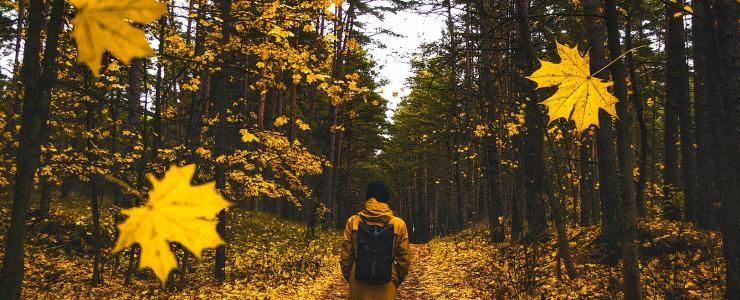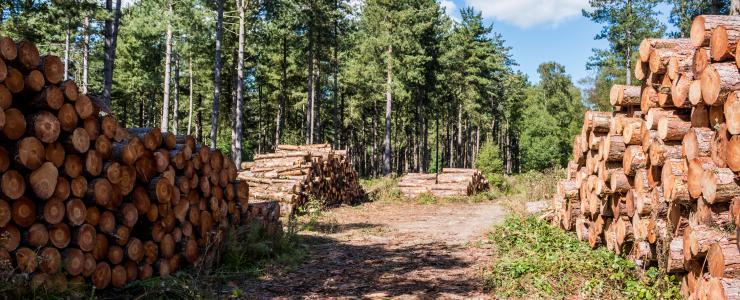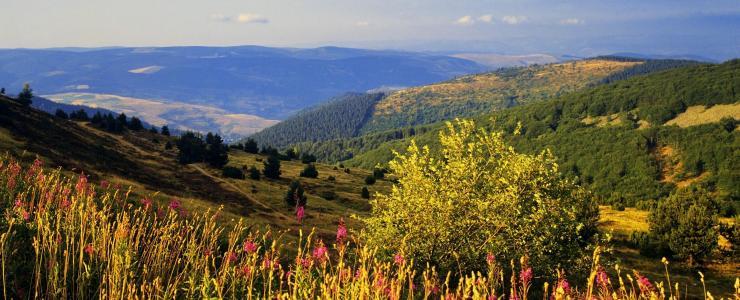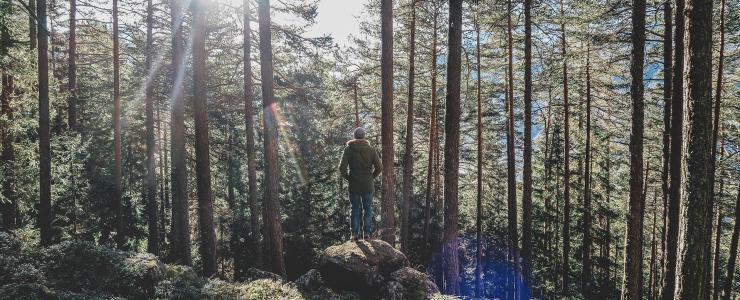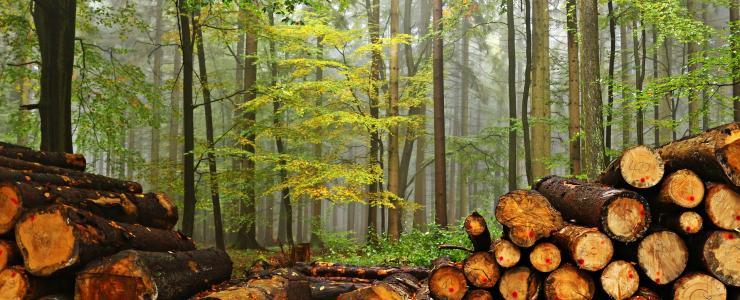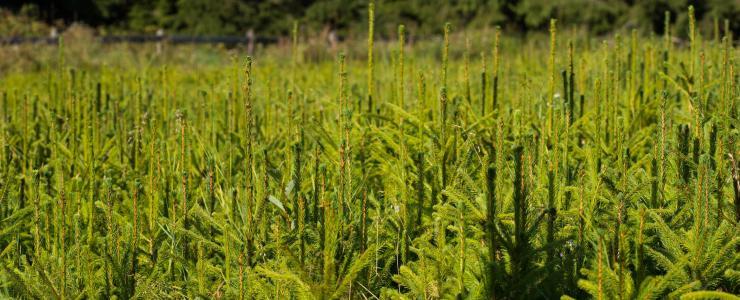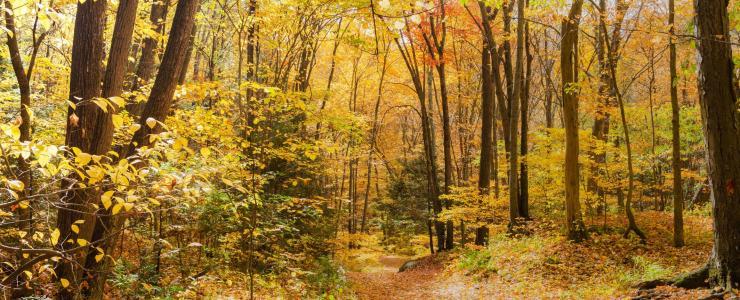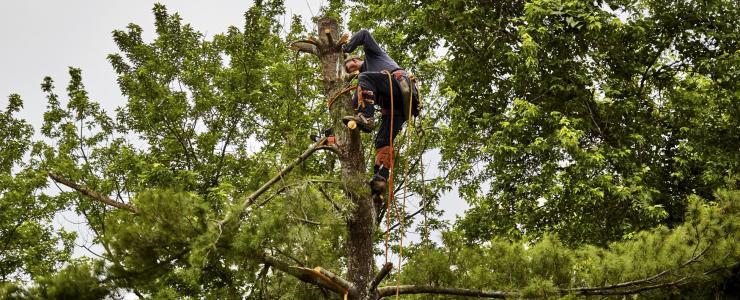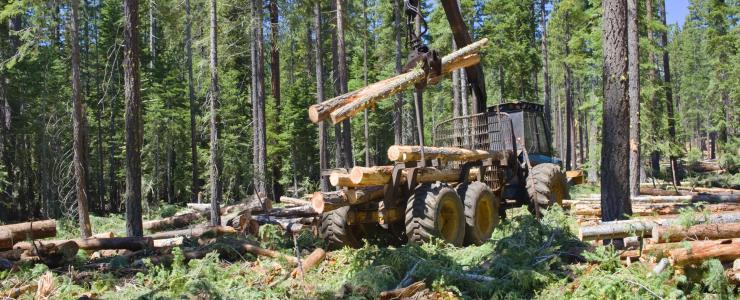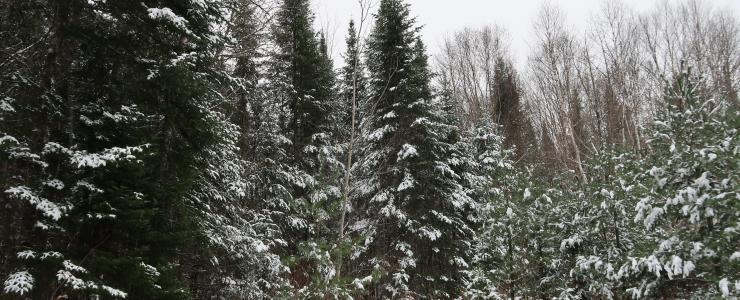Continuous cover forestry for sustainable forest management
Why is it crucial to preserve the ecosystems that make up the forest as we exploit it?
Currently, clear cutting – or clean felling – is the most frequently used – but also the most destructive – management method. Is there a different way?
The key role of soil
A forest is a very rich ecosystem harboring vast habitat potential.
Like most terrestrial ecosystems, its most valuable capital is its soil, which can sometimes takes thousands of years to form and provides a stock of organic matter. To remain in good condition, the soil needs the vegetation that covers it. The roots hold the soil, the plants and leaves protect it from runoff and erosion and the forest maintains a temperate, humid microclimate under the tree canopy.
Uneven-aged stand or selection system;
It is clearly vitally important to keep trees standing in a forest compartment and to never leave the forest ground ‘bare’. In other words, there should never be a period where all the trees are felled. There are some age-old ecological management methods, known as an uneven-aged stand or selection system. ‘Stand’ means all the trees present and ‘uneven-aged’ means that those trees are of different ages (and wherever possible, of different species). It is the opposite of ‘regular (or even-aged) stand’ where all the trees are of the same age because they were planted, by a forester, at the same time, and are often all of the same species (an extension of the intensive agricultural model).
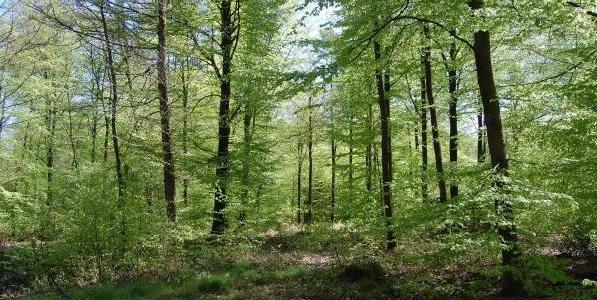
It means harvesting the trees progressively, so that there is a permanent forest cover. To do this, in the long run, we need trees of all sizes present in the stand at the same time:
- trees of just a few years in age, germinating and growing naturally, known as seedlings and ensuring ‘natural regeneration’
- young trees that are several dozen centimeters in diameter
- older trees measuring 30-50Â cm in diameter, then others up to a diameter of 80Â cm or more.
Exploitation techniques
To this end, a number of techniques come into play:
- marking the trees, to designate those to be retained
- directional felling
- making forestry machines follow clearly defined, marked-out paths (logging roads or compartment tracks) and operating when the weather is dry so soil compacting is kept to a minimum
- leaving dead trees on the ground or standing, as they store water and harbor biodiversity.
These management models are obviously more complex. However, the younger generations of lumberjacks and forestry technicians in France have all been trained and are capable of applying these techniques.
These methods also come with fewer risks, because regular, monoculture forests are structurally vulnerable to storms, as proven in 1999 (climate risk), and biologically fragile as they attracts pests (health risk). ‘Ecological’ silviculture requires much lower investment at the outset, which means it can be just as competitive in the end.
Uneven-aged stands protect ecosystems and especially the soil, which provides the productive potential of the forest.
Looking beyond the technical and economic arguments, a forest is first and foremost a pleasant space for walking and working, a place where we feel well, a living ecosystem to which we become attached.

